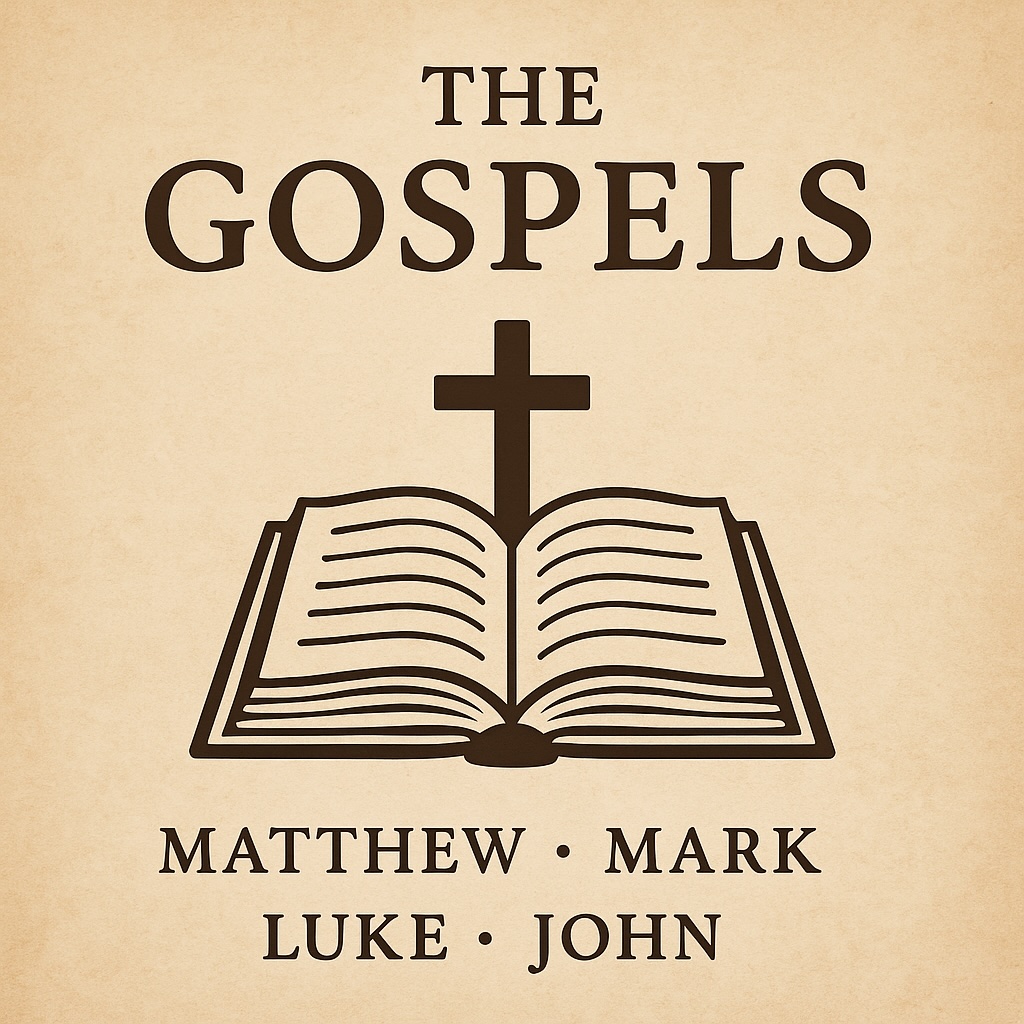What Are the Gospels?
The Gospels are the first four books of the New Testament—Matthew, Mark, Luke, and John.
The word “gospel” means “good news”, and that’s exactly what these books deliver: the good news of Jesus Christ’s life, death, and resurrection.
They serve as eyewitness accounts and theological reflections of Jesus’ ministry and mission to save humanity.
Rather than four identical stories, each Gospel offers a unique perspective, written for different audiences and with different purposes, but all pointing to the same Savior.
Who Wrote the Gospels?
Here’s a quick overview of each Gospel writer:
1. Matthew
- Author: Matthew (also called Levi), a former tax collector and one of Jesus’ twelve disciples
- Audience: Primarily Jewish readers
- Purpose: To show Jesus as the Messiah, the fulfillment of Old Testament prophecies
- Emphasis: Jesus as King and Teacher, highlighting His connection to Jewish law and lineage
2. Mark
- Author: John Mark, a close companion of Peter
- Audience: Roman/Gentile audience
- Purpose: To present Jesus as the suffering servant and powerful Son of God
- Emphasis: Fast-paced action, miracles, and the servant-hearted nature of Christ
3. Luke
- Author: Luke, a physician and companion of the apostle Paul
- Audience: Gentiles, especially Theophilus (“lover of God”)
- Purpose: To provide an orderly and historical account of Jesus’ life
- Emphasis: Compassion of Jesus, care for outcasts, the role of the Holy Spirit, and prayer
4. John
- Author: John, the “beloved disciple” and eyewitness to Jesus
- Audience: A broader, more theological audience
- Purpose: To reveal Jesus as the Son of God and bring people to believe in Him for eternal life
- Emphasis: Deep spiritual truths, Jesus’ divine nature, and intimate conversations
When Were the Gospels Written?
The Gospels were written within the first century A.D., within the lifetimes of eyewitnesses:
- Mark: Around AD 55–70 (considered the earliest Gospel)
- Matthew: Around AD 60–80
- Luke: Around AD 60–85
- John: Around AD 85–95
While they were written decades after Jesus’ resurrection, the events were preserved through eyewitness testimony and oral tradition, then carefully recorded under divine inspiration.
How Are the Gospels Different?
Though all four Gospels tell the story of Jesus, each one is distinct in tone, structure, and emphasis:
| Gospel | Focus | Symbol (Traditionally) | Unique Feature |
|---|---|---|---|
| Matthew | Jesus the King/Messiah | Lion | Quotes the Old Testament extensively |
| Mark | Jesus the Servant | Ox | Shortest, fast-moving, action-driven |
| Luke | Jesus the Son of Man | Man | Most detailed and historically rich |
| John | Jesus the Son of God | Eagle | Most theological and intimate |
What Is the Unified Message of the Gospels?
Despite their differences, all four Gospels carry a central message:
Jesus is the Son of God who came to save the world from sin and restore us to God.
They reveal:
- Jesus’ birth, fulfilling ancient prophecy
- His ministry, filled with miracles, compassion, and truth
- His death, as the perfect sacrifice for sin
- His resurrection, proving His power over death
- His call to follow Him, receive grace, and live in the power of the Spirit
The Gospels aren’t just historical—they’re personal. They invite readers to believe in Jesus, follow Him, and experience life that’s eternal and abundant.
Final Thoughts
The Gospels are more than books—they are life-changing testimonies of the love and truth of Jesus Christ.
Each one gives us a unique lens into who He is and what He has done for us.
Whether you’re new to the Bible or a lifelong reader, the Gospels are the best place to begin—or begin again.
✝️ “These are written that you may believe that Jesus is the Messiah, the Son of God, and that by believing you may have life in His name.” – John 20:31





